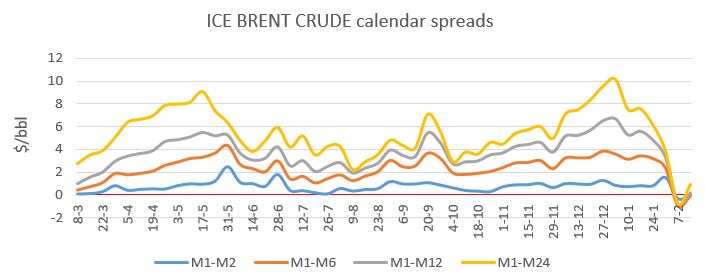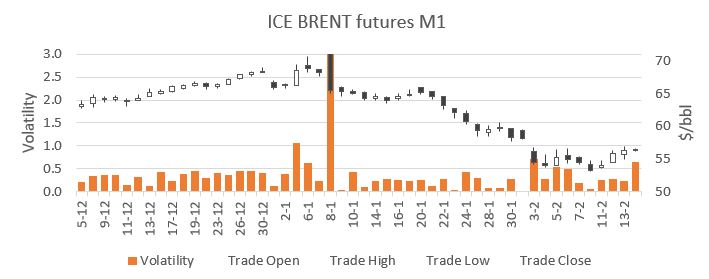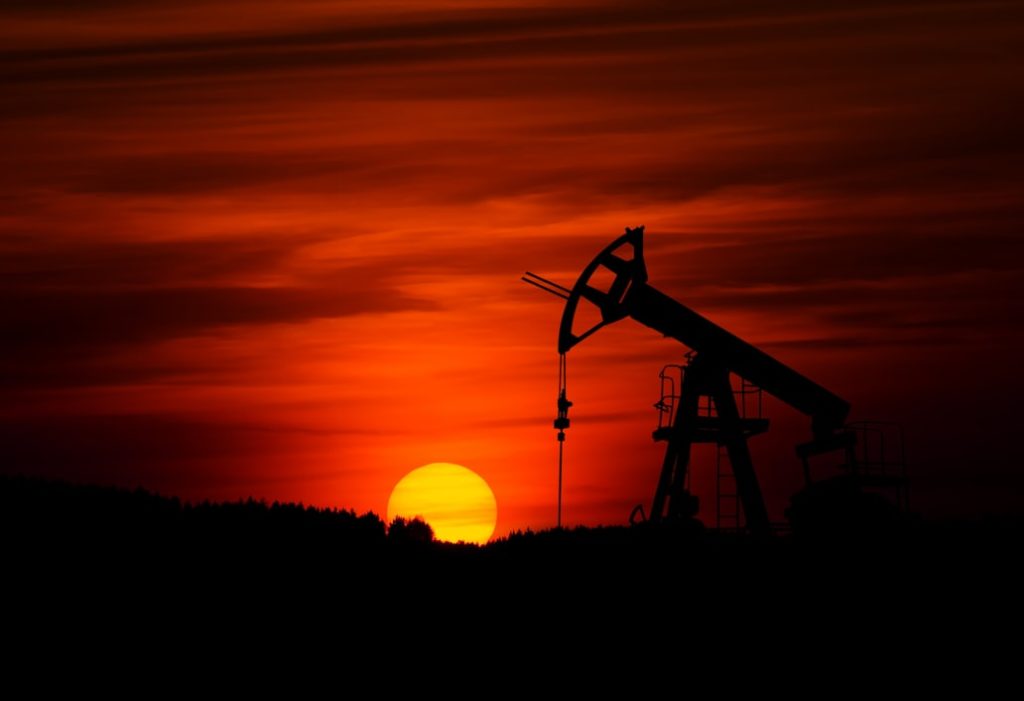Geographical price differences will lead to increased trade! In this article we would like to highlight the subject arbitrage and what this theme has for impact on the tank storage market.
Introduction arbitrage economics
In theory (Investopedia), arbitrage is the simultaneous purchase and sale of an asset to profit from a difference in the price. It is a trade that profits by exploiting the price differences of identical or similar positions on different markets or in different forms. Arbitrage exists as a result of market inefficiencies.
Learn what drives tank storage demand. Join the FREE Webinar: Insights Global Tank Terminal Commercial Performance Model upcoming March 18th 2020.
But how does this work in practice? As commodity trading firm Trafigura describes on their website, they apply three forms of physical arbitrage:
1 – Geographical arbitrage identifies temporary price anomalies between different locations;
2 – Time arbitrage seeks to benefit from the shape of the forward curve for physical delivery (see our article on market structure); and
3 – Technical arbitrage seeks to benefit from the different pricing perceptions for particular commodity grades and specifications
In this article and to make things clear we will focus solely on geographical arbitrage and in particular the Northwest European Singapore arb for heavy fuel oil.
In order to calculate heavy fuel oil’s price difference between Northwest Europe or ARA and Singapore, we compare the FOB ARA spot price with FOB Singapore swap price, second month due to the duration of the voyage. The difference between these values is the spread and should be large enough to cover the trade costs.
On most occasions heavy fuel oil is shipped to Singapore in a VLCC (Very Large Crude Carrier/310 kt DWT) and loads approximately 270 kt of product. We therefore sum the VLCC freight rate, finance costs, port costs, inspection costs and demurrage to come to total trade costs. Should the spread be more than the trade costs the arb between both regions is open. When the spread is less than the trade costs the arbs is closed.
T
Learn what drives tank storage demand. Join the FREE Webinar: Insights Global Tank Terminal Commercial Performance Model upcoming March 18th 2020.
Importance of arbitrage for tank storage companies
So monitoring if arbs are open (or closed) is a good indication, to understand if trade between two regions is likely to increase. A positive trading environment, ultimately will influence tank storage dynamics.
Please note that arbitrage cannot be seen as a single indicator for business opportunities for tank storage companies. Other indicators that should be taken into account are: price volatility, market structure, and more. These subjects have been highlighted in other articles.
Source: www.trafigura.com





